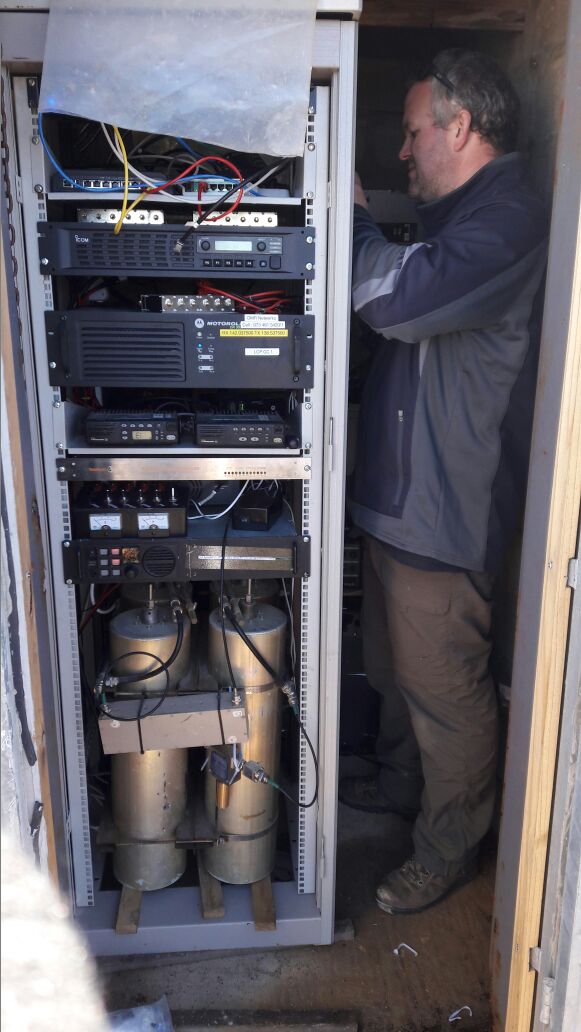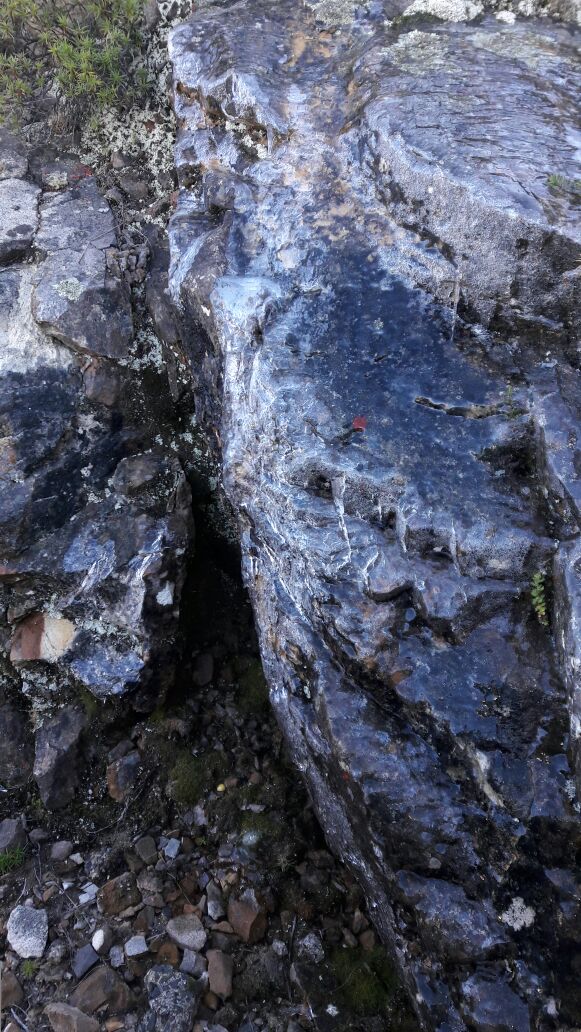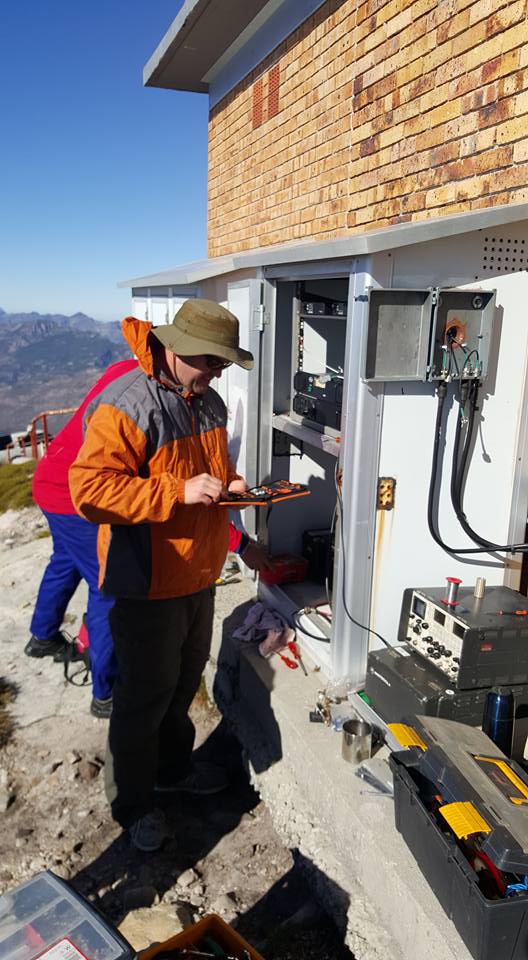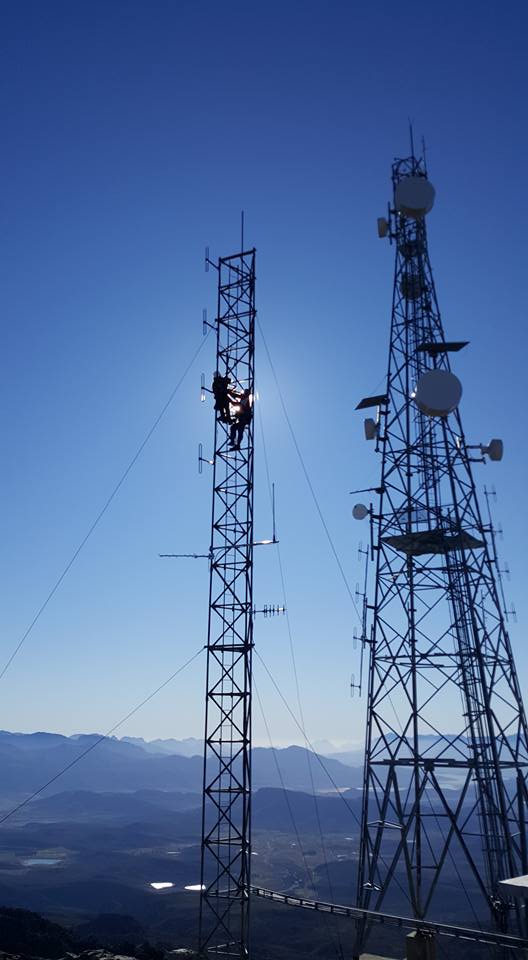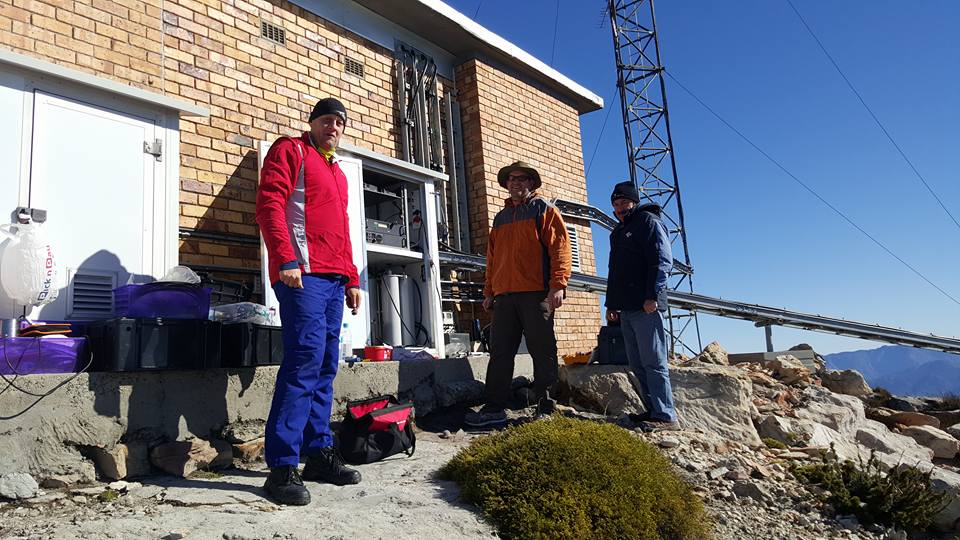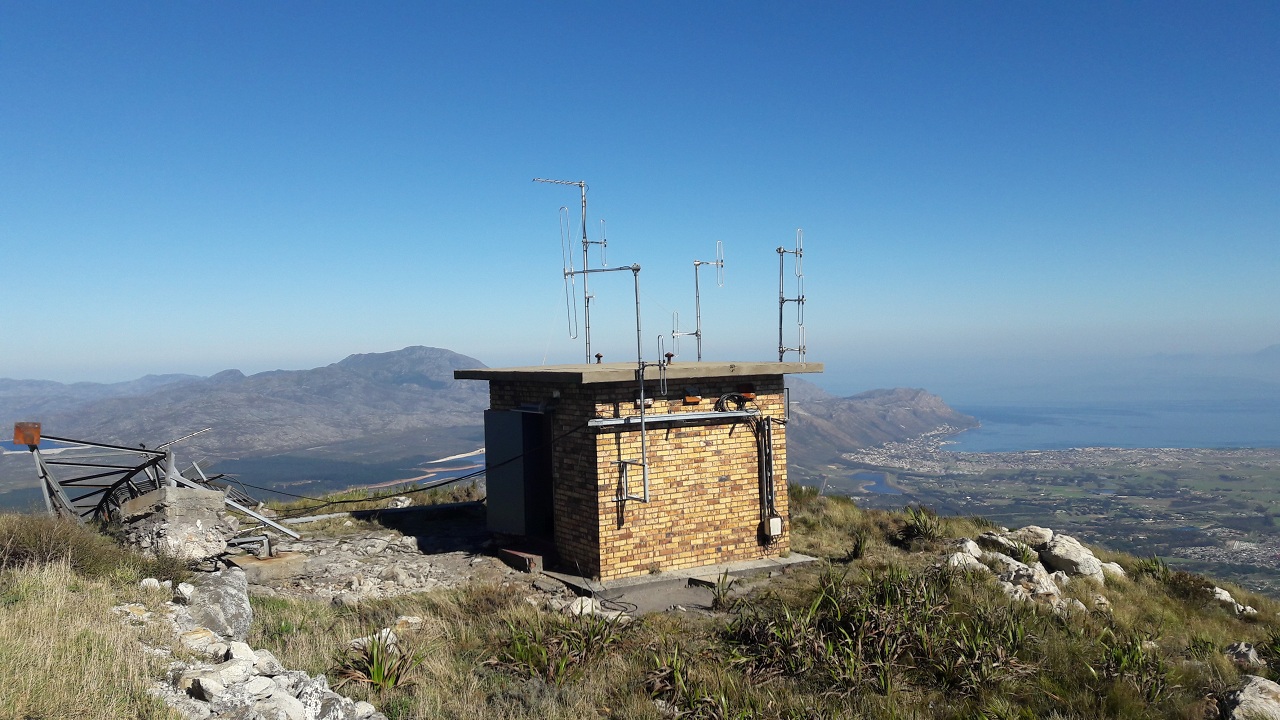ZS1TAF left home at 07:00. ZS1DDK, ZS1VDV, ZS1V and ZS1OR were collected and all the equipment was loaded in 2 vehicles.
The team arrived on site at about 09:45.
The weather was windy, misty and there was some rain to complicate matters. The team all got stuck in and many of the tasks were executed in parallel.
The first step was to confirm the correct SWR on the current VHF installation. This was found to be an acceptable 1.2:1.
The previous repeater was removed and the hut cleaned out. A Webb HD400 UHF dipole, fed by half inch Heliax and an LMR400 patch lead, was installed with lightning protection, for the link to Hanskop some 40km away.
The duplexer was retuned which improved the insertion loss from 3 dB to 1.5 dB, and the rejection from 65 dB to 82 dB).
The UHF power output was measured at 2W and SWR on the antenna system after installation at 1.1:1.
As with many of the WCRWG repeater installations, the new link controller installation includes inside and outside temperature sensors as well as a DC voltmeter that can be queried by sending DTMF codes.
The repeater power output was measured at 10w after the duplexer. Due to local noise levels, the squelch of the repeater had to be tightened somewhat.
The team left the site at about 13:00 and everybody was back home with the vehicles unloaded by around 16:00.



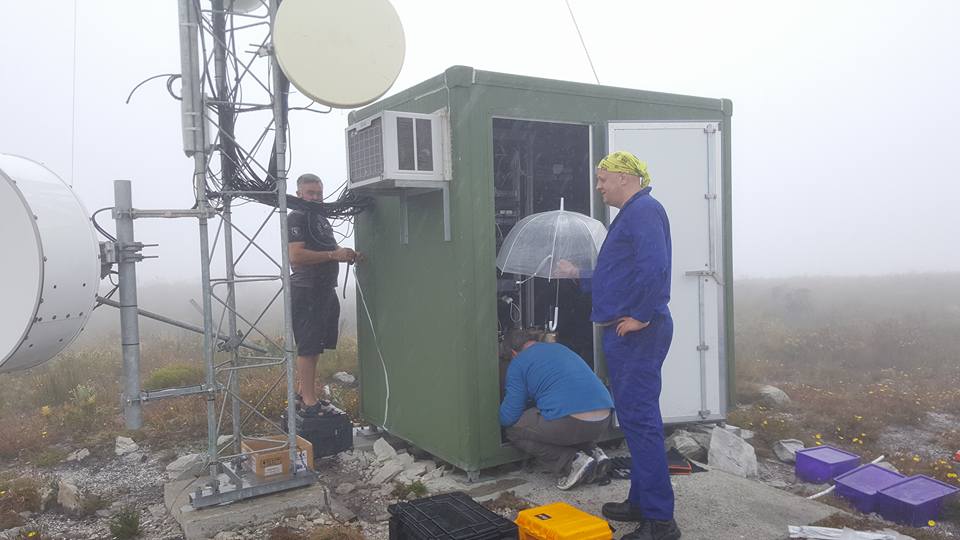
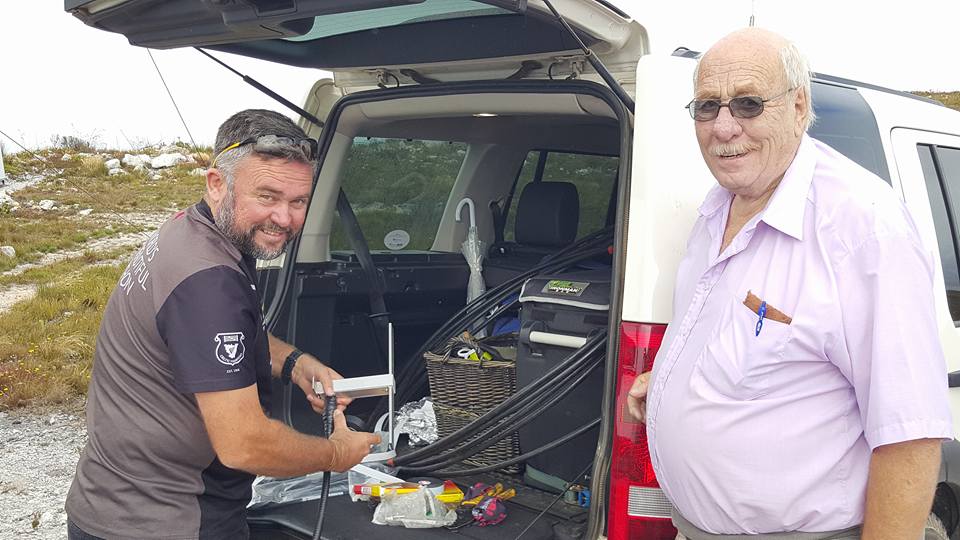
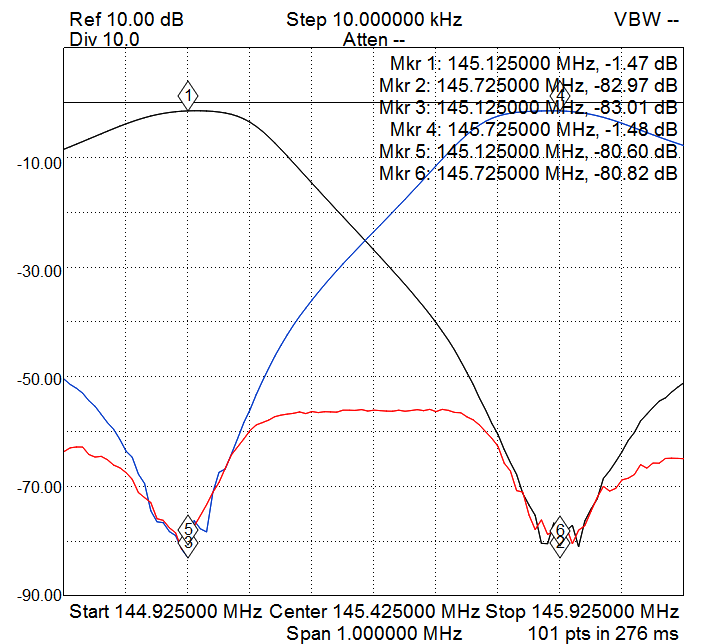
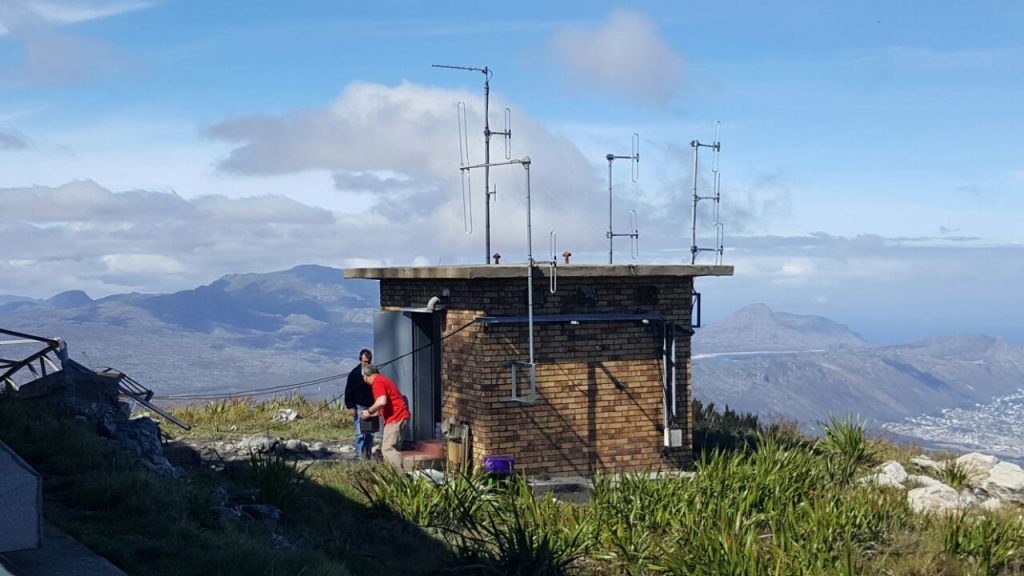
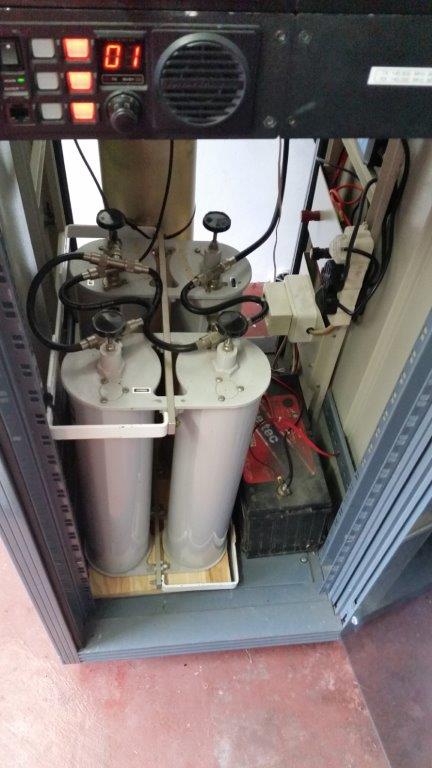
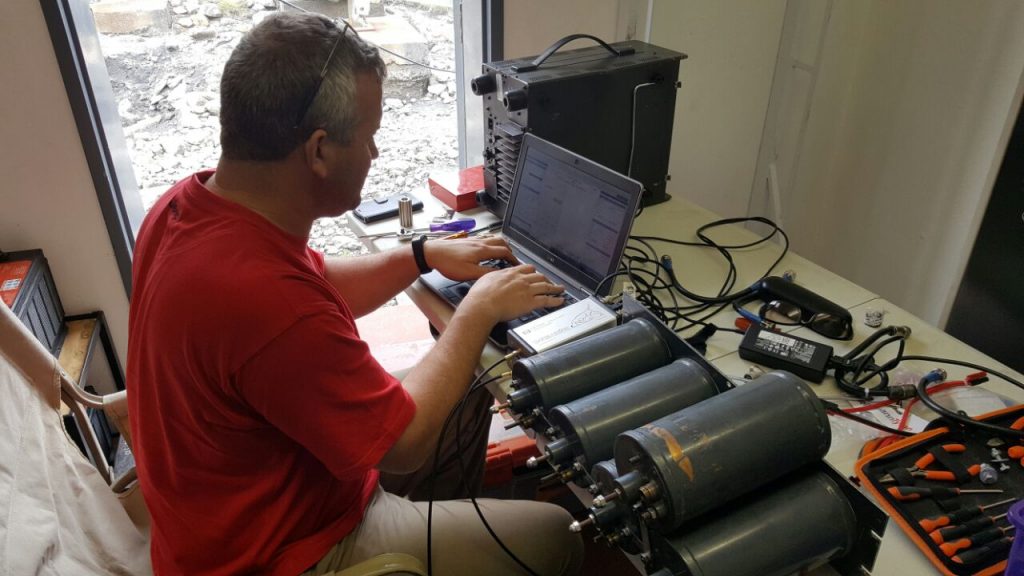
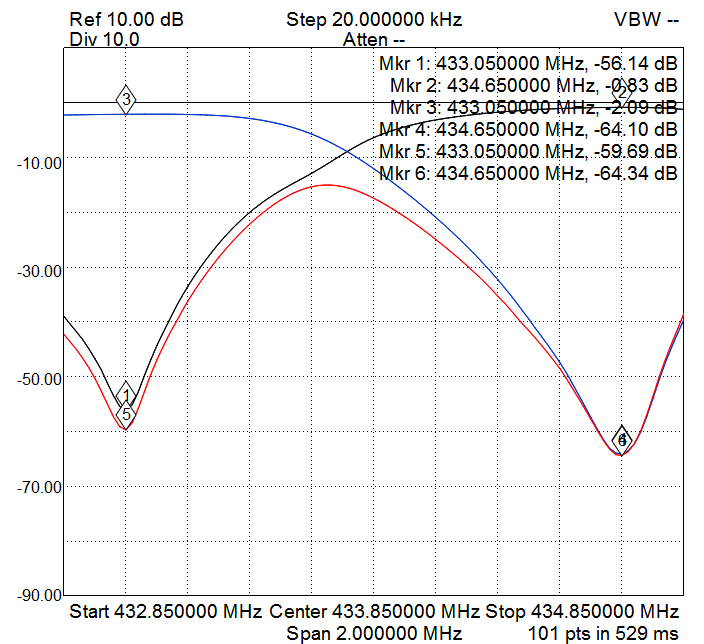





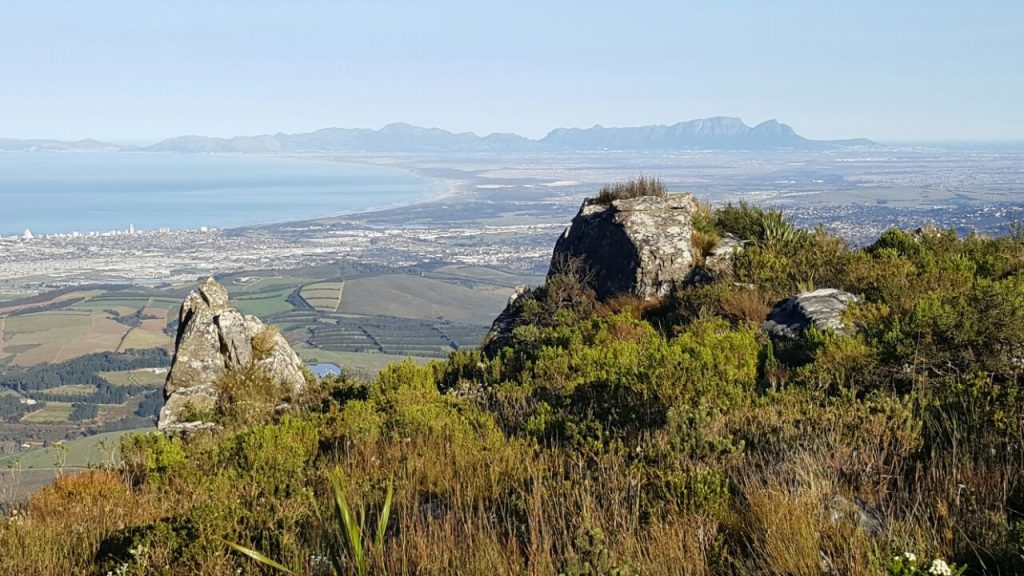

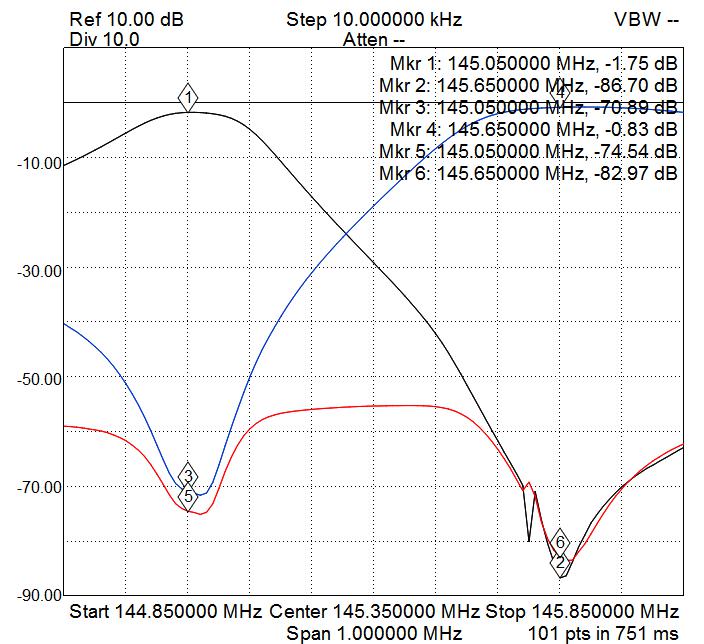
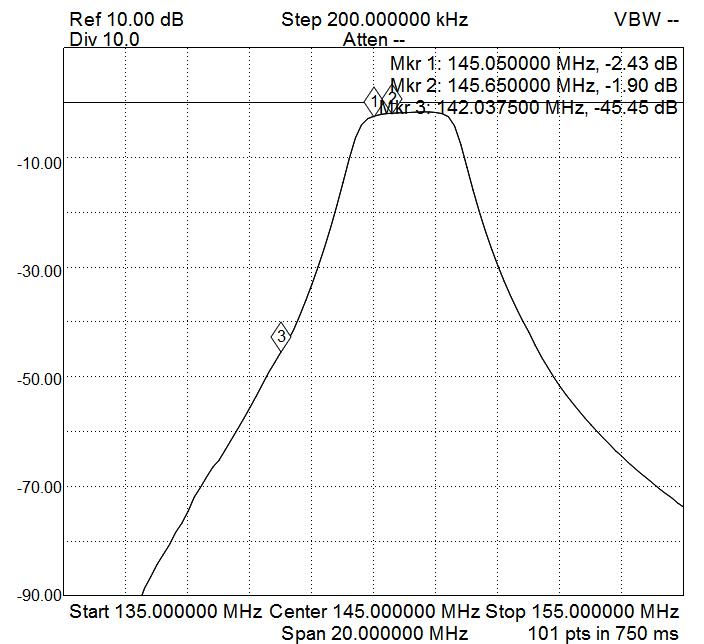
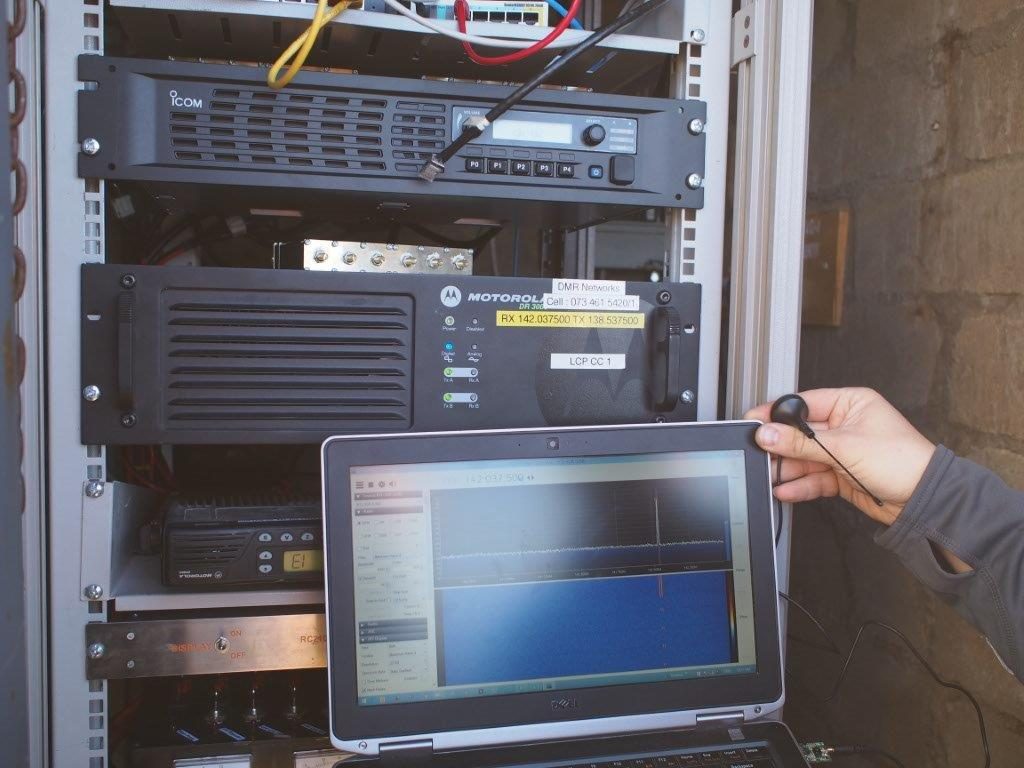
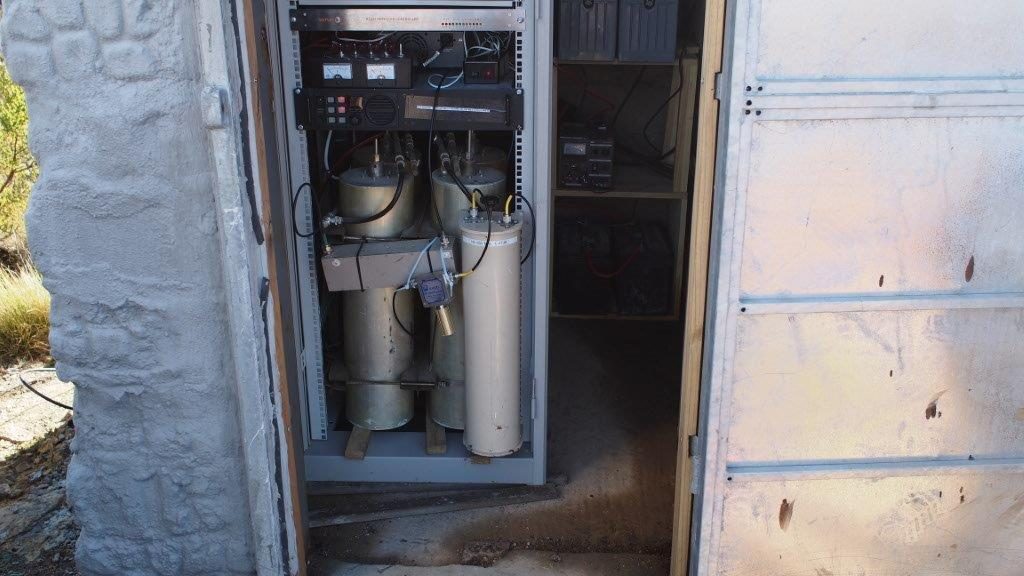
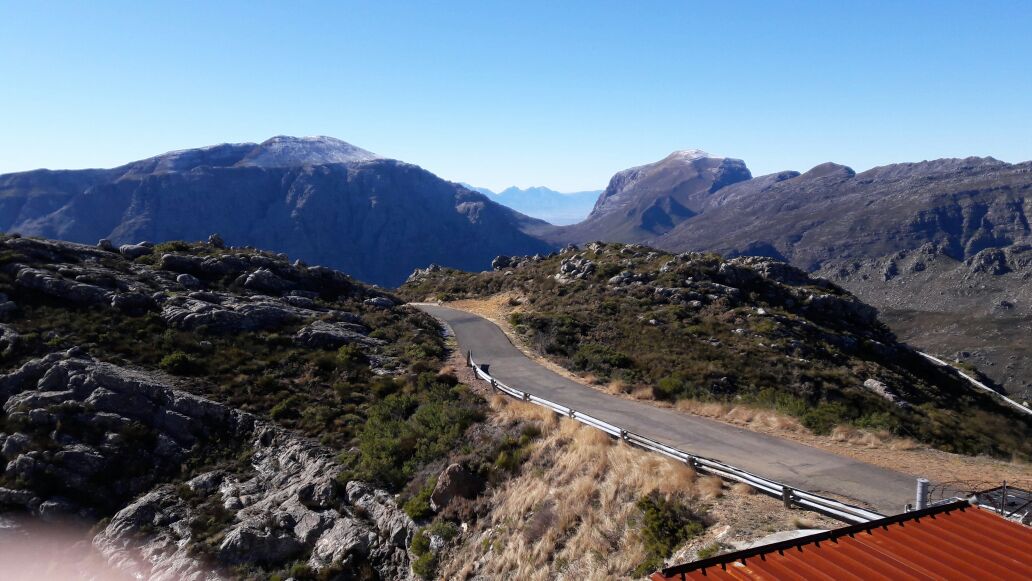 Jan applied a filter to the cooling fans and a modification to the 2m repeater linking cable. The latter being necessary as part of a correction to the incorrect emphasis on audio from the links to the 2m repeater. The change necessitated a complete re-alignment of the audio through the link controller.
Jan applied a filter to the cooling fans and a modification to the 2m repeater linking cable. The latter being necessary as part of a correction to the incorrect emphasis on audio from the links to the 2m repeater. The change necessitated a complete re-alignment of the audio through the link controller.